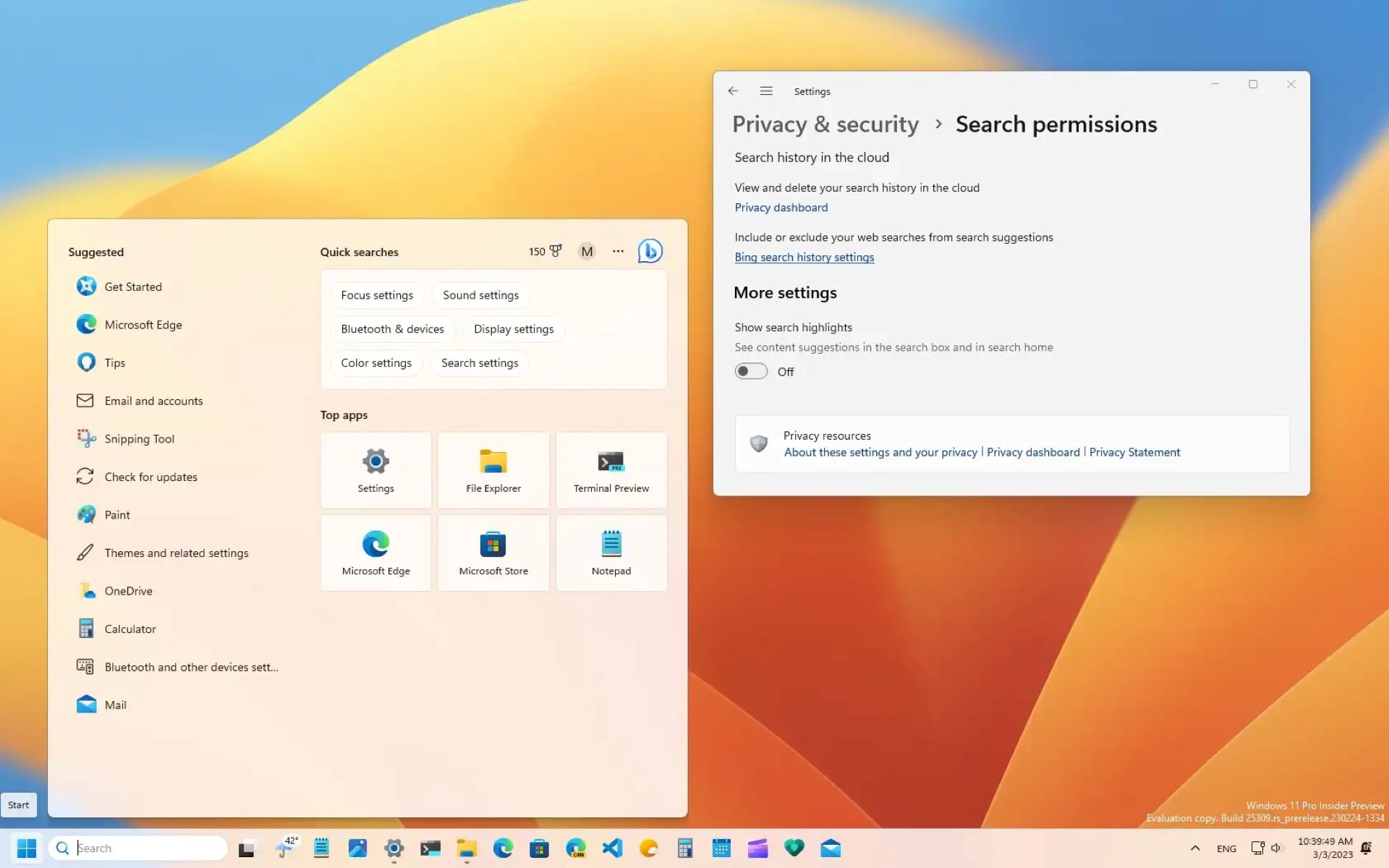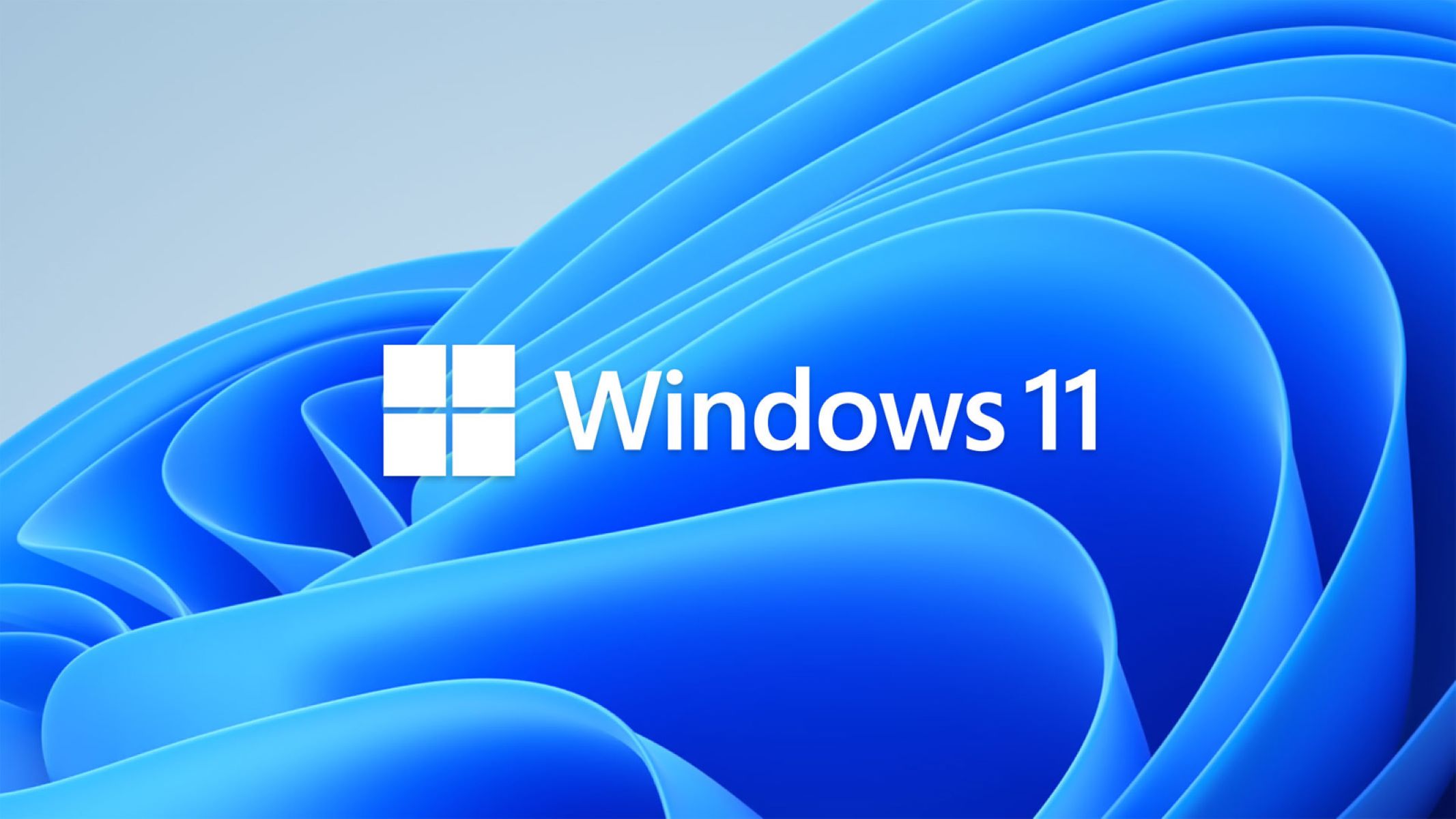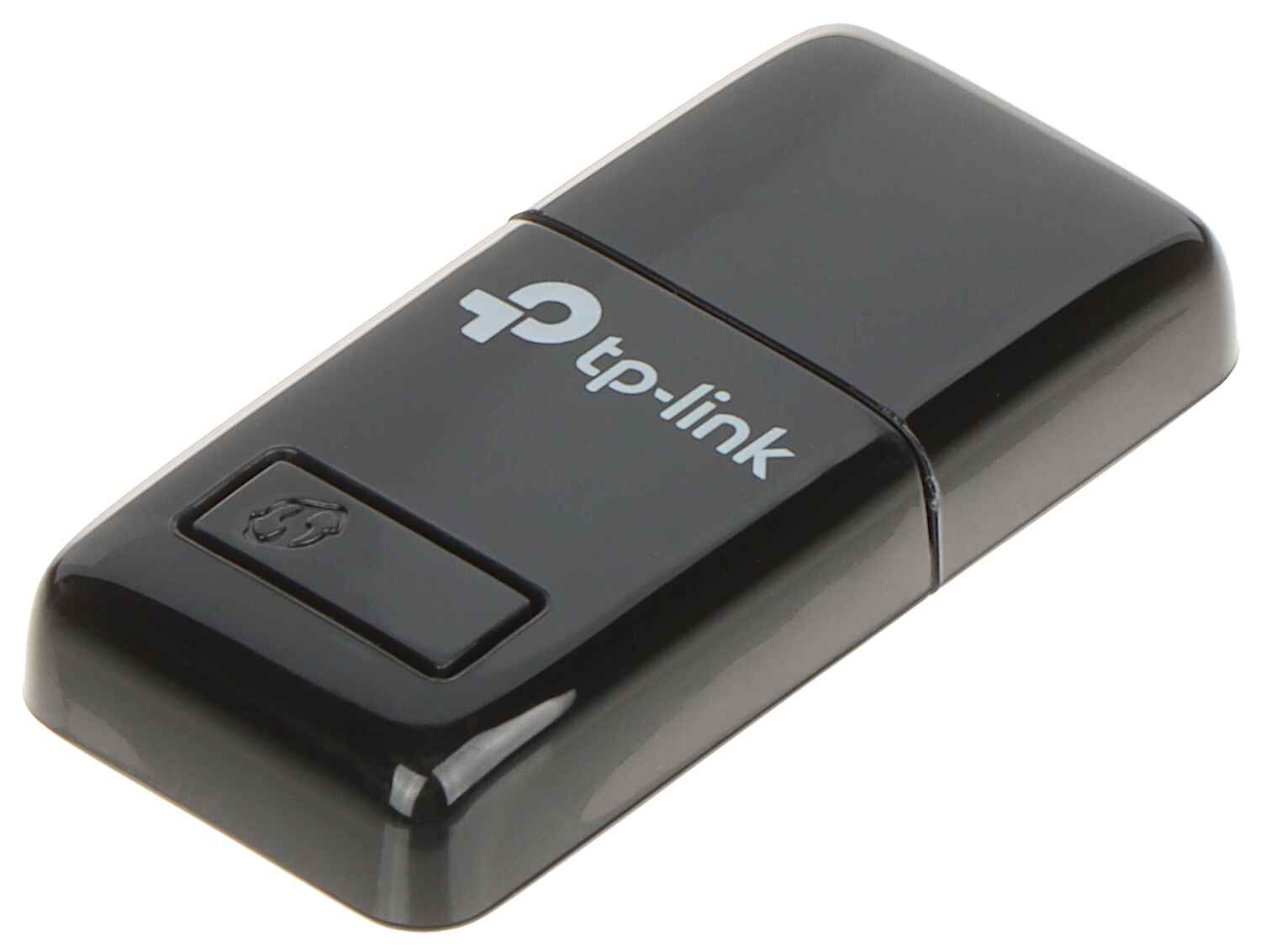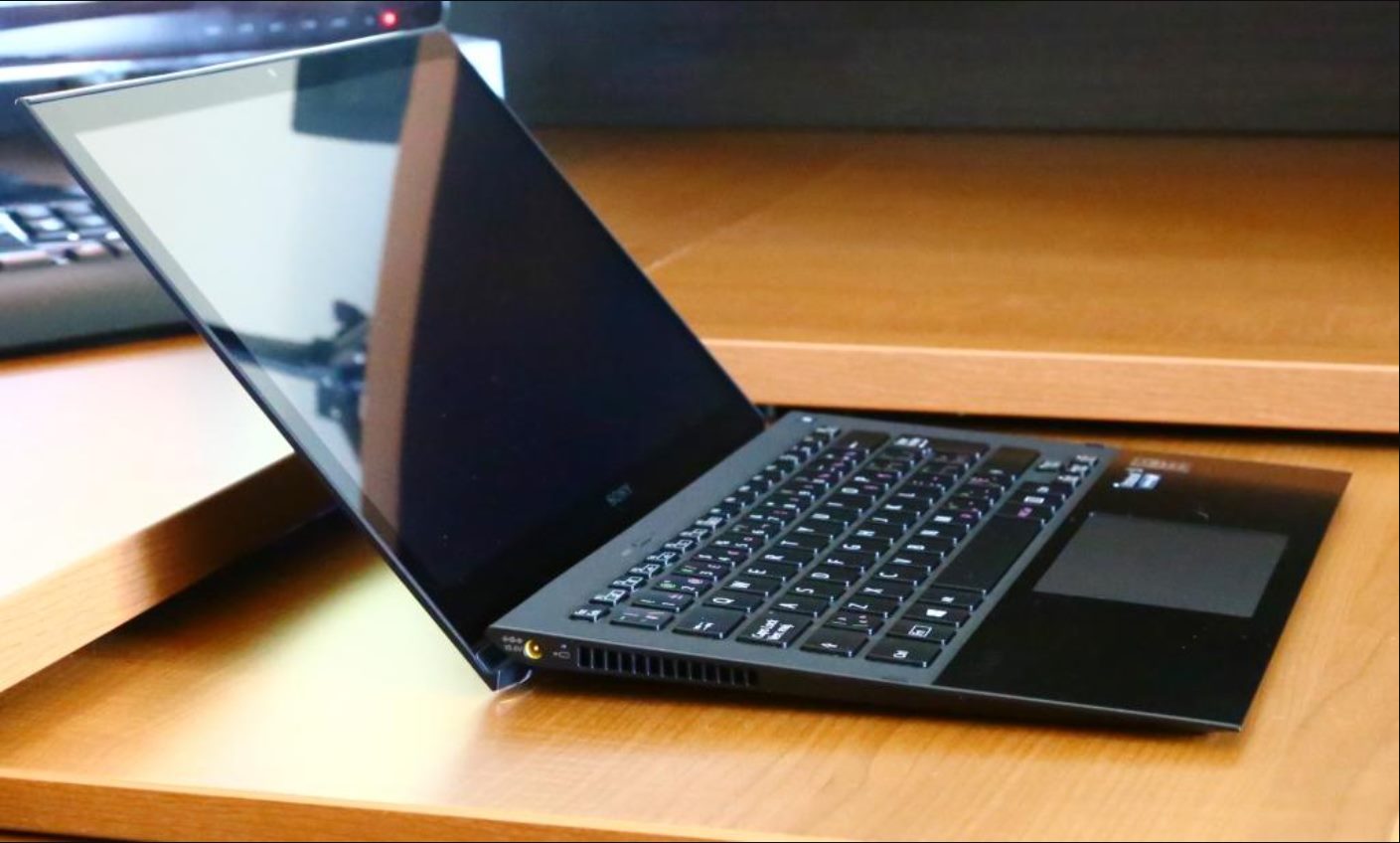Introduction
Windows 11 introduces a fresh and modern interface that enhances productivity and user experience. One of the new features in Windows 11 is the built-in Chat app. While Chat can be useful for some users, it may not be suitable or necessary for everyone. If you find yourself not using the Chat app and want to remove it from your Windows 11 system, you’ve come to the right place.
In this article, we will explore various methods to remove the Chat app from Windows 11. Whether you want to disable it temporarily, hide it from the system tray, or uninstall it completely, we’ve got you covered. Additionally, we will cover how to disable chat notifications and remove Chat from the startup programs. By following these steps, you can regain control over your Windows 11 interface and declutter your taskbar, system tray, and overall desktop experience.
Before we dive into the methods, it’s important to note that removing the Chat app will not impact the functionality of other applications or components within Windows 11. It is a safe process that can be reversed if you ever decide to bring back the Chat app in the future.
Now, let’s explore the different methods for removing Chat from your Windows 11 system.
Method 1: Disabling Chat from the Taskbar
If you prefer to keep the Chat app installed but want to remove it from the taskbar, you can easily disable it using the Windows 11 settings. Here’s how:
- Right-click on an empty space in the taskbar to open the context menu.
- Hover your cursor over the “Chat” option in the menu.
- In the sub-menu that appears, select “Hide from Taskbar”.
Once you’ve followed these steps, the Chat app icon will no longer be visible in the taskbar. However, the app itself will still be accessible through the Start menu or by searching for it.
This method is ideal if you occasionally use the Chat app and don’t want it to take up space on your taskbar. It provides a quick way to temporarily hide the app without fully uninstalling it.
Keep in mind that if you install any Windows updates or make changes to the taskbar settings, the Chat app may reappear on the taskbar. If this happens, you can simply repeat the steps mentioned above to disable it again.
Now that we’ve covered disabling Chat from the taskbar, let’s move on to the next method, which involves hiding Chat from the system tray.
Method 2: Hiding Chat from the System Tray
If you want to further minimize the visibility of the Chat app, you can hide it from the system tray. The system tray, also known as the notification area, is located on the right side of the Windows 11 taskbar and displays icons for various system and application notifications.
To hide the Chat app from the system tray, follow these steps:
- Right-click on an empty space in the taskbar to open the context menu.
- Select “Taskbar settings” from the menu to open the Taskbar settings page.
- Scroll down to the “Notification area” section and click on “Turn system icons on or off”.
- In the list of system icons that appear, find “Chat” and toggle it off.
By turning off the Chat system icon, you will no longer see the Chat app icon in the system tray. However, the app itself will still be accessible through the Start menu or by searching for it.
This method is useful if you want to declutter your system tray and hide unnecessary icons. It allows you to focus on the notifications that are more important to you without the distraction of the Chat app.
If you ever decide to bring back the Chat app icon in the system tray, you can revisit the Taskbar settings and toggle the Chat system icon back on.
Now that we’ve covered how to hide Chat from the system tray, let’s move on to Method 3, where we will explore uninstalling the Chat app completely from your Windows 11 system.
Method 3: Uninstalling Chat Completely
If you have no use for the Chat app and want to remove it entirely from your Windows 11 system, you can uninstall it. Here’s how:
- Click on the Start button in the taskbar to open the Start menu.
- Type “Add or remove programs” and select the matching search result.
- In the Settings window that opens, click on “Apps & features” in the left sidebar.
- Scroll down to find the “Chat” app in the list of installed apps and select it.
- Click on the “Uninstall” button and confirm the action when prompted.
Windows 11 will then proceed to uninstall the Chat app from your system. Once the process is complete, the Chat app will no longer be present on your computer.
Uninstalling the Chat app is a more permanent solution if you have no intention of using it in the future. Removing unnecessary apps can free up storage space and declutter your system, enhancing overall performance.
Do note that uninstalling the Chat app will remove all associated data and settings. If you ever decide to use it again, you will need to reinstall the app from the Microsoft Store or through other means.
Now that we’ve covered Method 3, let’s move on to Method 4, where we will explore using Group Policy to disable the Chat app.
Method 4: Using Group Policy to Disable Chat
If you have the Windows 11 Pro or Enterprise edition, you can use Group Policy to disable the Chat app. Group Policy allows system administrators to manage various settings and restrict certain functionalities on a network. Here’s how to disable the Chat app using Group Policy:
- Press the Windows key + R to open the Run dialog box.
- Type “gpedit.msc” and click “OK” to open the Local Group Policy Editor.
- In the left pane of the Local Group Policy Editor, navigate to “Computer Configuration” > “Administrative Templates” > “Windows Components” > “Chat”.
- Double-click on “Turn off Chat” in the right pane.
- Select the “Enabled” option and click “OK” to save the changes.
By enabling this Group Policy setting, you effectively disable the Chat app on your Windows 11 system. Users will no longer be able to access or use the Chat app.
Using Group Policy is a powerful method for managing and controlling various aspects of your system if you have the appropriate edition of Windows 11. It provides centralized control and ensures consistency across multiple devices in a networked environment.
If you ever need to re-enable the Chat app, simply follow the same steps outlined above, but select the “Disabled” or “Not Configured” option in the Group Policy setting.
Now that we’ve covered Method 4, let’s move on to Method 5, where we will explore removing Chat from the startup programs.
Method 5: Removing Chat from the Startup Programs
If you find the Chat app launching automatically when you start your Windows 11 computer and want to prevent it from doing so, you can remove it from the startup programs. Here’s how:
- Press the Ctrl + Shift + Esc keys together to open the Task Manager.
- Click on the “Startup” tab at the top of the Task Manager window.
- In the list of startup items, locate the “Chat” app.
- Right-click on “Chat” and select “Disable” from the context menu.
By disabling the Chat app in the startup programs, you ensure that it does not automatically launch when you start your computer. This can help improve the startup time and prevent unnecessary apps from running in the background.
Disabling the Chat app from the startup programs does not uninstall the app or remove it from your system. It simply prevents it from launching automatically when you log in.
If you ever need the Chat app to launch at startup again, you can revisit the Task Manager and enable it by right-clicking on “Chat” and selecting “Enable”.
Now that we’ve covered Method 5, let’s move on to Method 6, where we will explore disabling Chat notifications.
Method 6: Disabling Chat Notifications
If you have disabled or uninstalled the Chat app but still receive notifications from it, you can disable Chat notifications to ensure a completely uninterrupted experience. Here’s how:
- Press the Windows key + I to open the Windows Settings.
- Click on “System” and then select “Notifications & actions” from the left sidebar.
- Scroll down to find the “Chat” app in the list of notification senders.
- Toggle off the switch next to “Chat”.
By disabling Chat notifications, you will no longer receive any notifications from the Chat app. This is particularly useful if you have opted to keep the app installed but want to minimize distractions and interruptions from it.
Disabling Chat notifications does not affect the functionality of other apps or their notifications. It is a specific setting that applies only to the Chat app.
If you ever need to start receiving Chat notifications again, you can revisit the Notifications & actions settings and toggle the switch next to “Chat” back on.
Now that we’ve covered Method 6, let’s summarize the different methods we have explored to remove Chat from your Windows 11 system.
Conclusion
In this article, we have explored various methods to remove the Chat app from your Windows 11 system. Whether you prefer to disable it temporarily, hide it from the taskbar and system tray, uninstall it completely, use Group Policy to disable it, remove it from the startup programs, or disable Chat notifications, you now have the tools to customize your Windows 11 experience to suit your preferences.
By removing the Chat app, you can declutter your desktop, improve performance, and minimize distractions. These methods provide you with the flexibility to choose the level of Chat app visibility and accessibility that fits your workflow.
Remember, the methods vary in intensity, allowing you to either keep the app installed but hidden, disable its functionality using Group Policy, or completely uninstall it. Choose the method that aligns with your specific needs.
It’s worth noting that if you ever change your mind and want to bring back the Chat app, you can reinstall it from the Microsoft Store or reverse the changes made in the respective methods. These methods are reversible and do not permanently remove the option of using the Chat app on your Windows 11 system.
Now it’s time to take control of your Windows 11 interface and tailor it to your preferences. Explore these methods, experiment with different settings, and create a personalized computing environment that enhances your productivity and enjoyment.

























